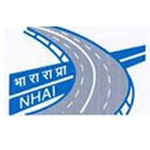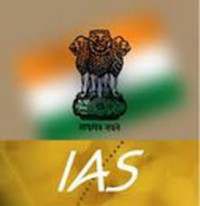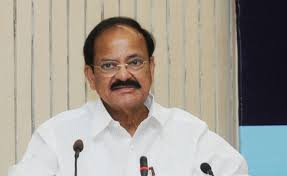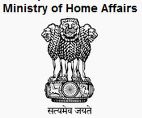Unified Building Bye-laws for Delhi, revised after 33 years were announced by the Minister of Urban Development Shri M.Venkaiah Naidu. Elaborating on the new laws, Shri Naidu said they have been made user friendly through unification and simplification of a host of amendments made over the last three decades and integration of approvals by different agencies into a single platform.
Shri Venkaiah Naidu further said that henceforth, building proponents i.e applicants can make one single online application to concerned urban local body instead of approaching various agencies there by reducing human interface and enabling approvals in just 30 days. He said that a single window mechanism comes into effect so as to improve the ease of doing construction business in the national capital as desired by the Prime Minister’s Office besides promoting investments.
Delhi’s Building Bye-laws were last revised in 1983 and several amendments were made over the last 3 decades resulting in complexity and even confusion in understanding various changes and filing applications accordingly. To do away with this problem, the Bye-laws have been unified for easy reference besides simplification of processes” said shri Naidu.
The Minister said that building plan approvals have been streamlined through simplification and integration of processes through following new provisions:
1.One common single application form has been devised for online submission by the building proponents (applicants) to the concerned urban local body instead of applying to various agencies like Airports Authority of India, National Monuments Authority, Delhi Fire Services, Delhi Jal Board, Delhi Urban Arts Commission, Delhi Metro, Power Distribution Companies, concerned central ministries like Forests, Railways, Defence etc.
- Applicants will not be required to make required payments to various agencies separately and instead can make single payment to the concerned urban local body electronically.
- Seamless integration has been put in place so that concerned urban local body will obtain approvals from other concerned agencies online there by drastically reducing the time taken for sanctions besides eliminating human interface with various agencies. AAI, NMA, DUAC, DMRC etc have been integrated for single window clearance. Central ministries concerned will be integrated shortly. By this, applicants will not be required to separately approach these agencies for approvals/No Objection Certificates.
4.Ministry of Environment, Forests & Climate Change has now concurred to integrate approvals by agreeing to empower urban local bodies to accord Environmental Clearence for built up area up to 1,50,000 sq.mt as against the present norm of obtaining EC from State Environment Assessment Authorities under that Ministry for built up area of 20,000 sq.mt and above up to 1,50,000 sq.mtrs.
5.SARAL Scheme : For residential plots of size up to 105 sq.mtrs, the plot owner need not obtain sanction of building plans. He/she has to just to submit an undertaking intimating about construction along with requisite fees and other documents to start construction.
6.Under risk based classification newly adopted for residential plotted buildings and warehouses/storage facilities/godowns, architect/engineer is empowered to issue building permits for Low Risk residential buildings (105-500 sq.mtrs) and Very Low Risk godowns of up to 250 sq.mtrs. For Low Risk and Moderate Risk category buildings, local bodies will be required to grant permits with in 10 to 20 days.
7.Approvals /No Objection Certificates by external agencies like AAI, NMA, Delhi Fire Services, DMRC, Ministry of Environment etc., shall be issued within 15 days.
8.The number of documents to be submitted for obtaining building permits has been reduced from 40 to just 14.
9.Procedure for obtaining Completion-cum-Occupancy Certificate has been simplified by reducing the number of documents to be submitted by the owner from 36 to just 9.
10.Obtaining permission for commencement of construction has been removed. Instead, the applicant, who had already obtained building permit can intimate the concerned local body and proceed with construction work.
11.The maximum time limit for granting building permit has been reduced from 60 days to just 30 days to enhance the ease doing business.
12.Local bodies shall prepare an automated calculator for building permit fee including betterment levy, additional FAR etc and be made available on website for use by the applicants.
Promoting safe, green and sustainable construction :
In the context of climate change challenge, the Unified Building Bye-laws for Delhi -2016 seek to promote green and sustainable construction practices.
-All buildings on plot sizes of more than 105 sq.mtrs have to conform to the mandatory green building norms for obtaining sanctions. These include provisions for Water Conservation and Management, Solar Energy Utilization, Energy Efficiency and Management. These measures help in making Delhi more sustainable and environment friendly.
-New Bye-laws require measures for ensuring safety in terms of provisions for structural design and earthquake disaster mitigation.
Other provisions:
-All buildings and facilities used by the public such as educational, institutional, assembly, commercial, business, mercantile buildings and group housing etc., shall have provision for universal design for differently abled persons, children and the elderly.
-Owners of plots of more than 3,000 sq.mtrs area shall construct public washroom complexes with access from outside, in addition to other mandatory sanitary requirements.
-To present an aesthetically pleasing and vibrant environment, public art shall be promoted in built up areas.















